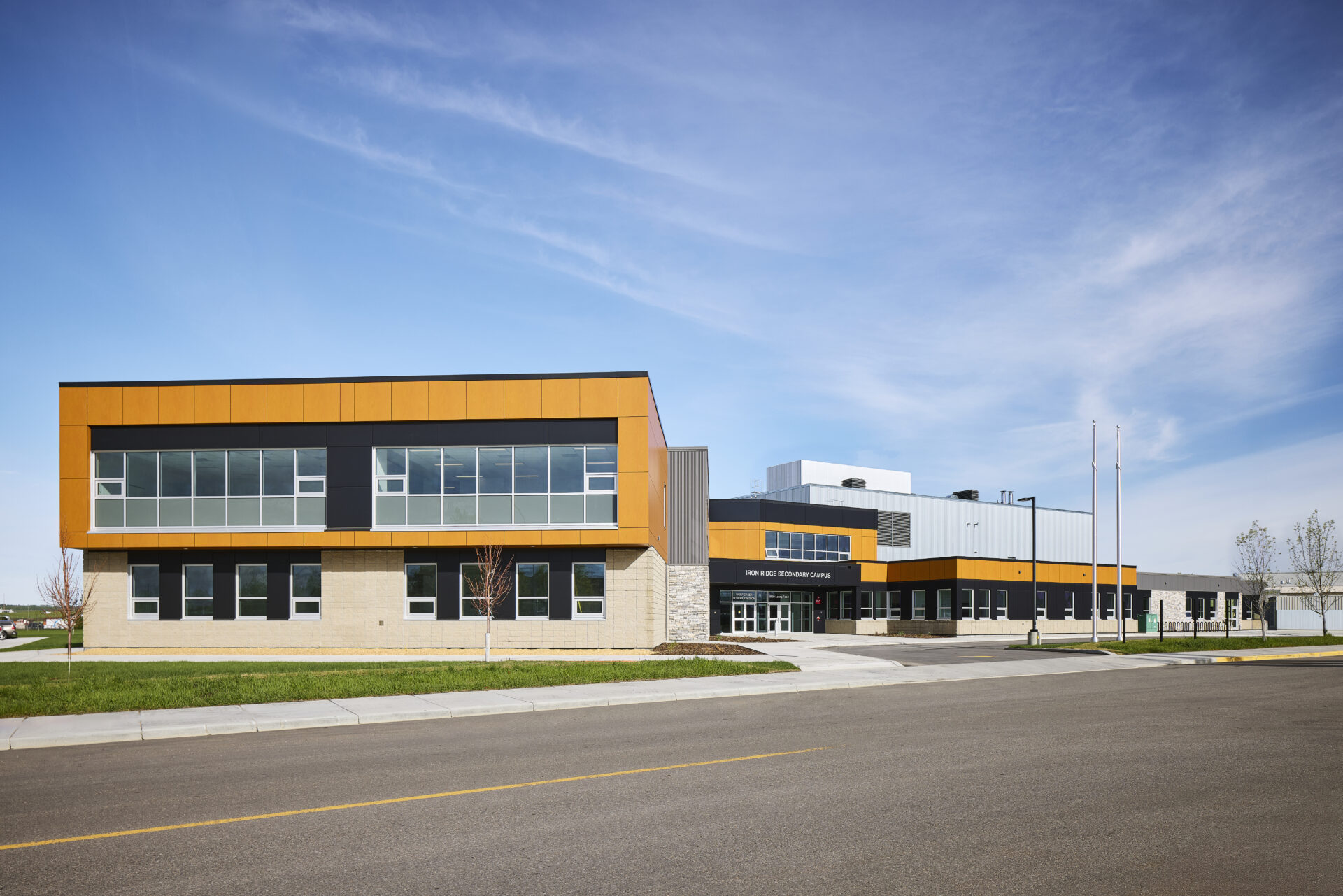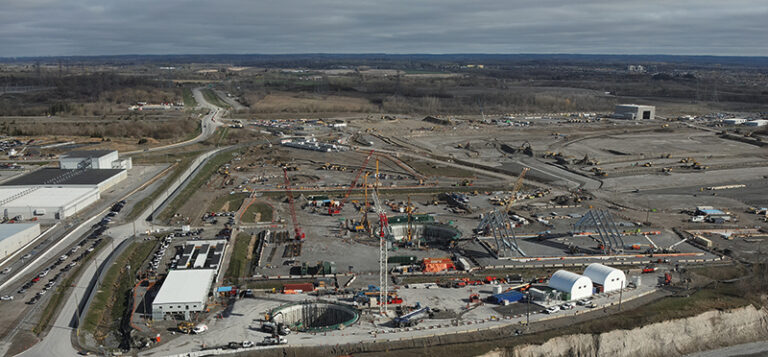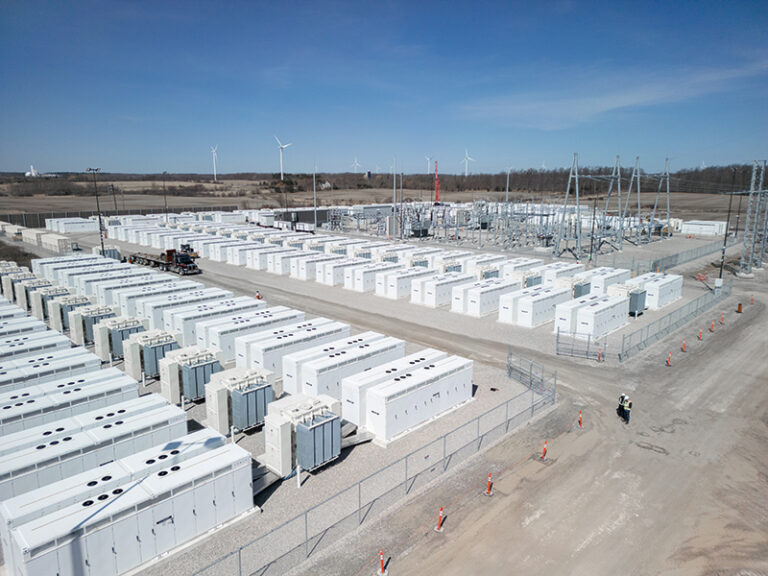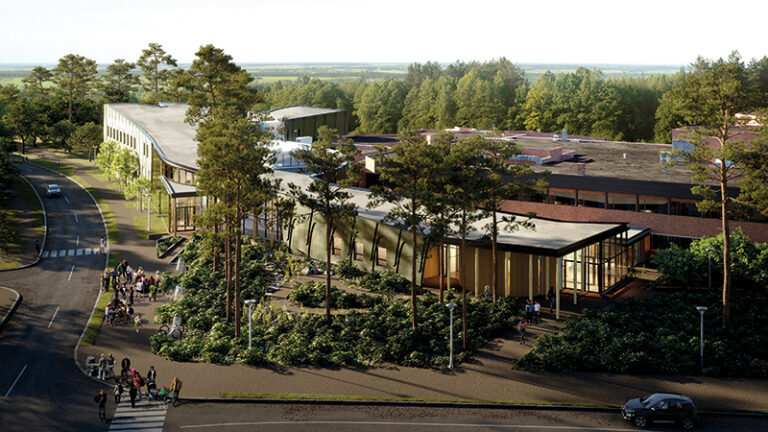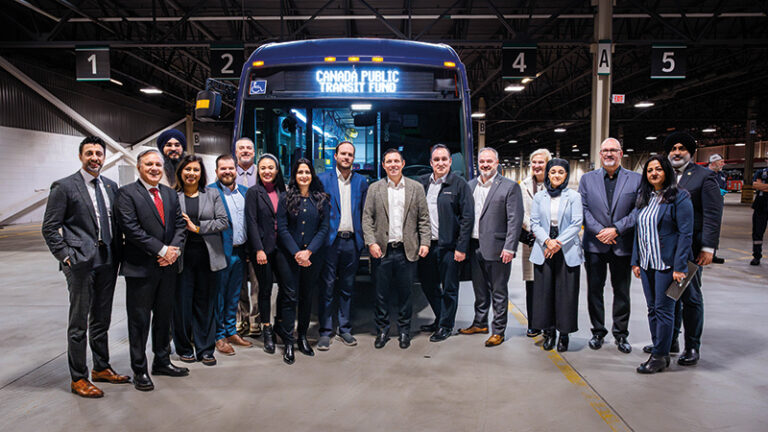By Derron Bain
Canada’s infrastructure needs have reached a critical point. Bridges, hospitals, schools and transit systems are aging, while a rapidly increasing population drives the demand for both new and renewed public infrastructure. Governments face the dual challenge of maintaining existing assets and delivering new projects—all while grappling with budget constraints, inflation and labour shortages. Without long-term cost-effective solutions that consider the whole life infrastructure, the gap between infrastructure needs and available funding will only widen, resulting in deteriorating infrastructure, over-budget projects and delays in future development.
In traditional infrastructure procurement models, governments directly fund, manage and deliver projects. These projects are prone to cost overruns, delays and fragmented oversight, with contractors working in silos. In British Columbia, the redevelopment of Richmond Hospital, initially budgeted at $860 million, is now projected to cost nearly $2 billion. Similarly, the Cowichan District Hospital, originally budgeted at $350 million, has seen costs balloon to more than $1.4 billion.
Inefficiencies in traditional procurement models are not isolated. HKA’s Fifth Annual CRUX Insight Report analyzed 1,600 capital projects across the globe, highlighting reoccurring patterns of cost-overruns and risks rooted in poor design, shifting project scopes and inadequate planning. The staggering results point to the need for more effective procurement models that can mitigate financial risks and ensure long-term value.
The model already exists. For over 30 years, public-private partnerships (P3s) have provided a successful alternative for infrastructure delivery. Private partners invest their own capital, ensuring they have a vested interest in the project’s success, leading to better management, with projects delivered on time and on budget. Additionally, by leveraging private investment, governments can undertake more projects without overburdening taxpayers or depleting public resources.
Deferred maintenance presents a significant challenge in traditional models that often overlook ongoing upkeep and lifecycle renewal. As with your home, neglecting routine maintenance today only leads to expensive renovations later. Manitoba’s schools face critical repairs—like failing boilers and leaking roofs—demanding hundreds of millions to ensure safe learning environments. Similarly, Ontario’s underfunded schools and hospitals require costly upgrades, with $229 million recently allocated for 129 hospitals and 58 health facilities—a steep price for deferred maintenance.
Unlike traditional models, P3s integrate construction, operations and maintenance into a single agreement, fostering collaboration between the public and private sectors and accountability throughout the project’s lifecycle, avoiding costly repairs in future.
Beyond funding, private partners contribute innovative technologies and best practices, raising the quality and sustainability of public infrastructure. The public benefits from cost-effective and well-maintained infrastructure, and private partners contributing to long-term community value.
P3s are already proving their value across Canada. In Alberta, Concert Infrastructure recently partnered with Bird Construction, the Government of Alberta and school districts to deliver five new high schools under the P3 model. The Government of Alberta reported that taxpayers saved over $114 million, and as Concert Infrastructure is owned by 10 Canadian union and management pension plans, the funding and development of these schools has, in turn, supported the long-term financial future and pensions of over 200,000 hard-working Canadians. Moreover, with long-term performance and maintenance integrated from the start, the schools are designed to stay high-performing and cost-efficient for decades to come.
One persistent misconception about P3s is that they equate to privatization, fueling concerns from public sector unions that P3s threaten public control. In actuality, P3-delivered infrastructure is never owned by the private partner, and at the end of a long-term lease or licence, it is returned to the government in well-maintained condition. P3s are partnerships, not sales, aligning public and private interests to achieve shared goals.
Canada’s infrastructure future depends on adopting modern solutions that balance fiscal responsibility with increasing demand. P3s offer a proven path forward, aligning public and private interests to deliver efficient, well-maintained infrastructure. Governments must act now to bridge the gap between budget constraints and public demand—creating thriving, well-maintained communities across Canada for generations to come.
Derron Bain is the CEO of Concert Infrastructure.
[This article appeared in the January/February 2025 issue of ReNew Canada.]
Featured image: (Infrastructure Alberta)

